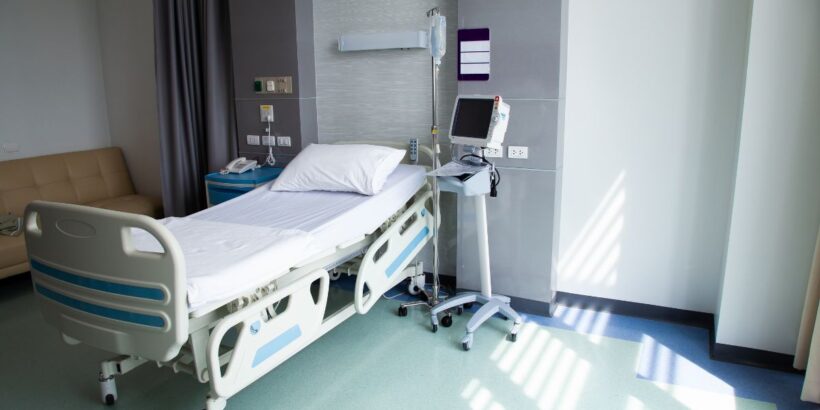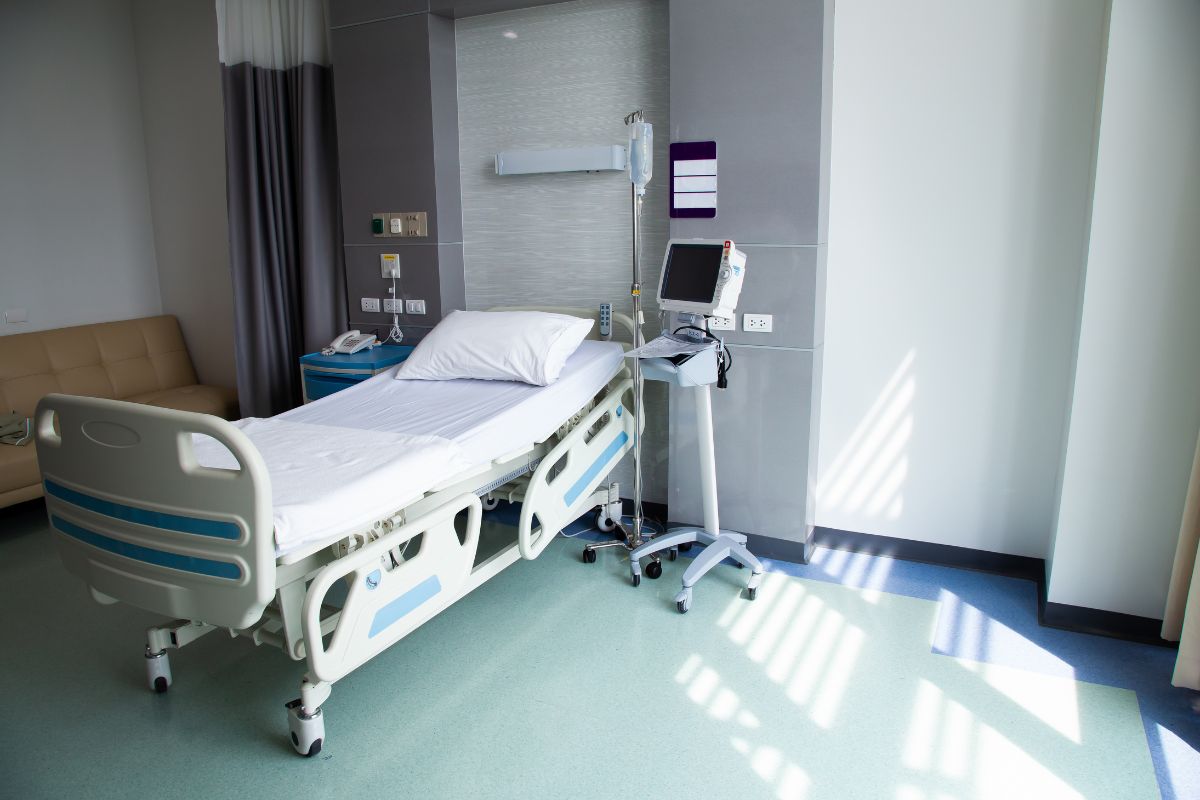Patient flow refers to the movement of patients through a healthcare facility, such as a hospital or clinic. It encompasses all steps in the patient journey, from initial admission to eventual discharge. The concept of patient flow considers every aspect of the patient’s experience, including the efficiency of care delivery, the time spent waiting for appointments or procedures, the transition between different levels or types of care, and the overall management of health service resources. Discover the benefits of optimizing patient flow in hospitals.
Improves Patient Satisfaction
Enhancing patient flow in hospitals contributes to increased patient satisfaction by reducing waiting times, improving communication, and providing better care coordination. A streamlined patient flow system ensures that patients are attended to promptly upon arrival. As a result, they spend less time waiting to see healthcare professionals.
Additionally, patient satisfaction can lead to increased patient loyalty and referrals, which in turn can boost a hospital’s reputation and success. Indicators of improved patient satisfaction in a hospital setting may include reduced complaints, positive patient feedback or surveys, higher return rates for follow-up care, increased patient referrals, and reduced patient walkouts.
Boosts Operational Efficiency
Managing resources such as staff, equipment, and facilities effectively alleviates bottlenecks and ensures smooth hospital operations. For example, hospitals can avoid overloading certain areas and maintain balance throughout the facility by accurately predicting patient volume and streamlining patient transfers between departments.
Furthermore, improving patient flow helps providers promptly identify and address issues affecting patient care, such as overcrowded emergency rooms or operating rooms running behind schedule. With timely interventions, hospital administrators can make data-driven decisions to allocate resources efficiently and improve the overall functioning of the hospital.
Enhances Quality of Care
One of the benefits of optimizing patient flow is helping hospitals achieve their primary goal of providing high-quality medical care. With a well-organized system in place, hospital staff can identify and prioritize patients based on the severity of their conditions. This translates to a more personalized care approach, reduced risks of errors due to miscommunication, and, ultimately, better patient outcomes.
Improving patient flow depends on other aspects of quality healthcare. For example, one of the reasons it’s important to choose the right medical equipment is to improve diagnostic accuracy. Better diagnostic accuracy is crucial for giving patients the treatments they need and avoiding unnecessary procedures, which, in turn, helps maintain optimal patient flow.
Increases Staff Satisfaction
Staff satisfaction plays a critical role in the overall functioning of the hospital. Implementing an effective patient flow system can lead to increased job satisfaction among hospital staff. By reducing excess workload and stress caused by inefficiencies, staff can experience a more positive work environment that allows them to focus on providing quality care to their patients.
Additionally, better organization encourages collaboration and communication among healthcare professionals, fostering a sense of teamwork and shared responsibility. This ultimately results in higher job satisfaction and increased staff retention.
Hospitals serve as the backbone of healthcare, providing critical services to communities. To deliver high-quality care, they must continually evolve and adapt to the changing healthcare landscape. Optimal patient flow plays a crucial role in this process, directly impacting patient satisfaction, operational efficiency, quality of care, and staff satisfaction.

